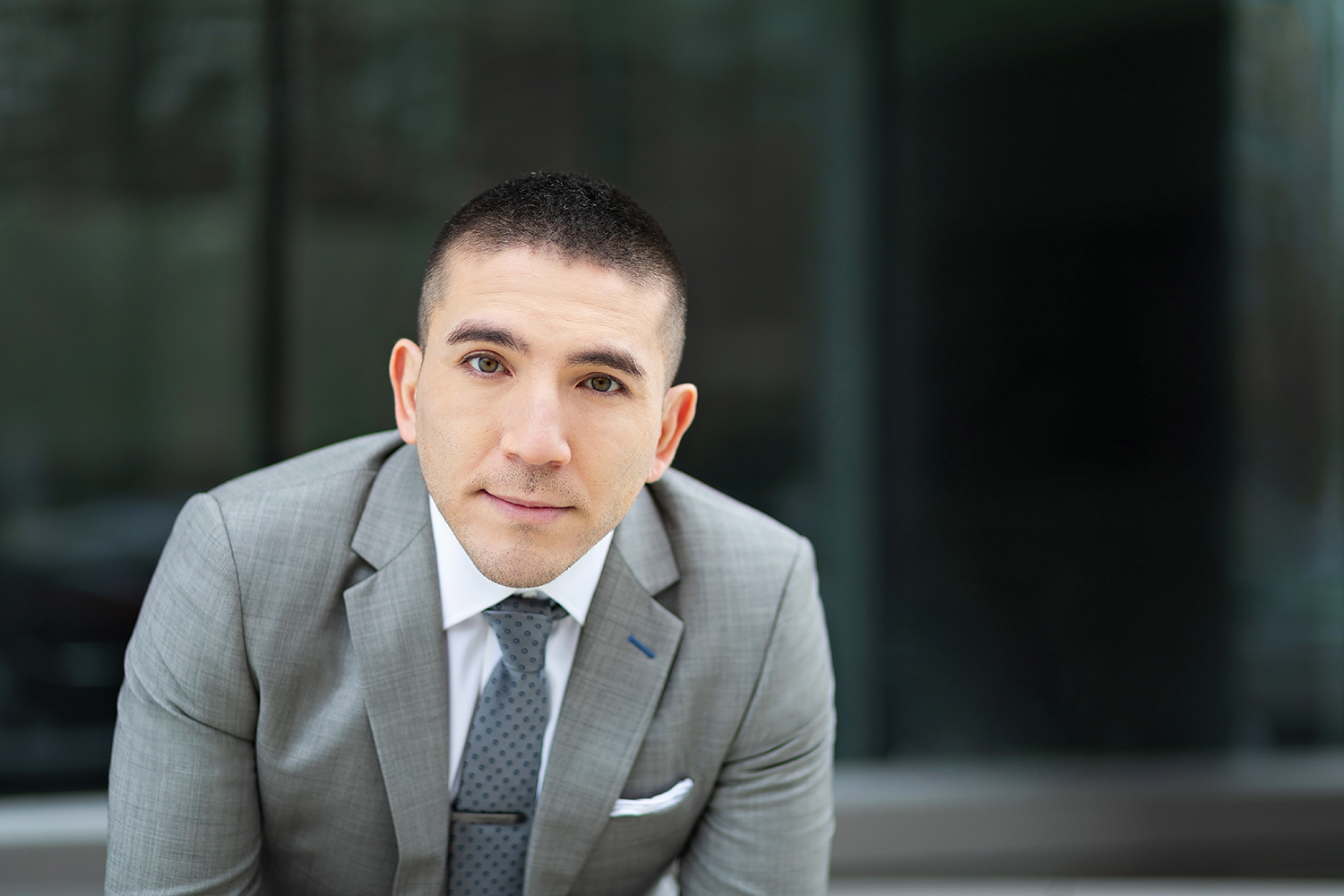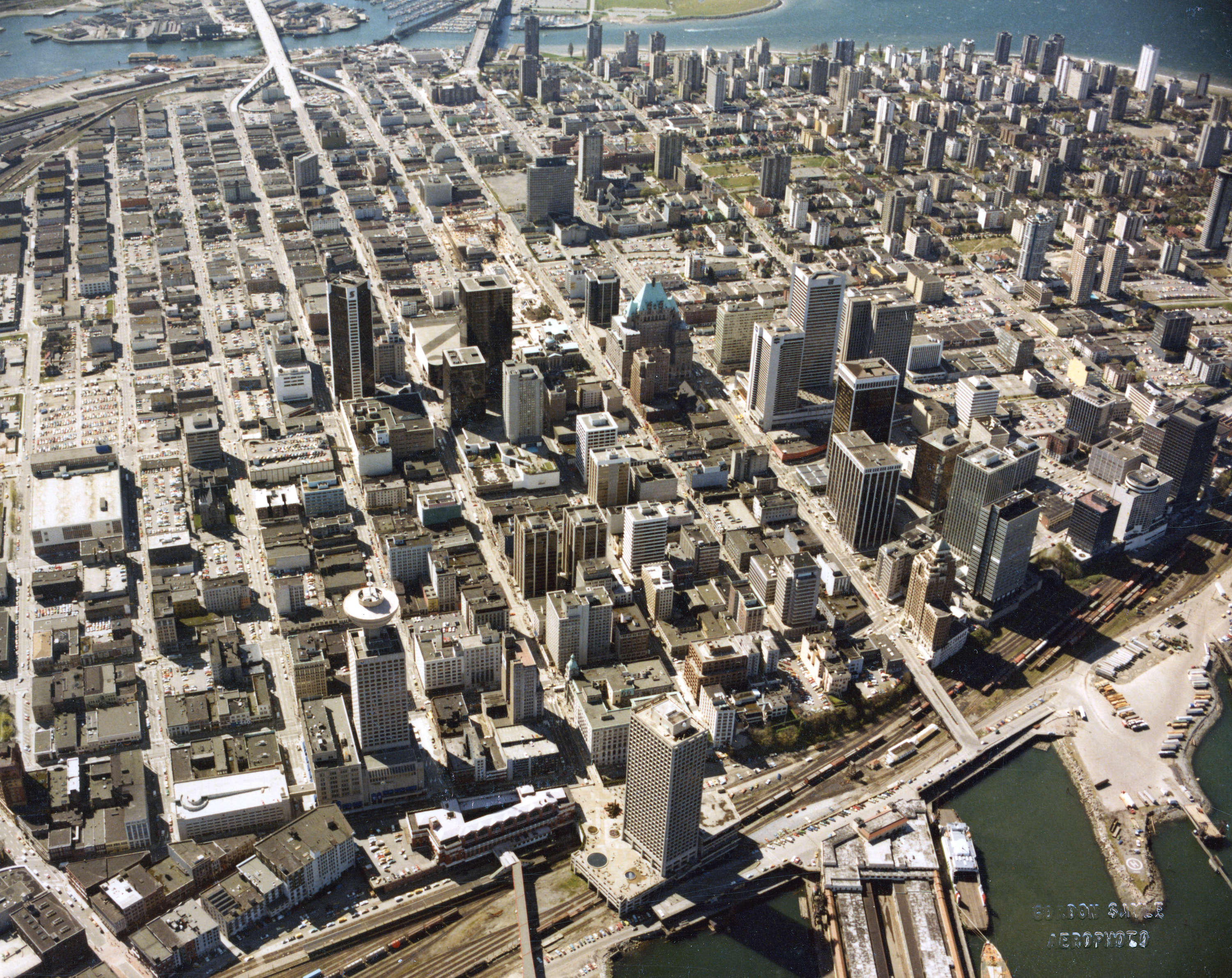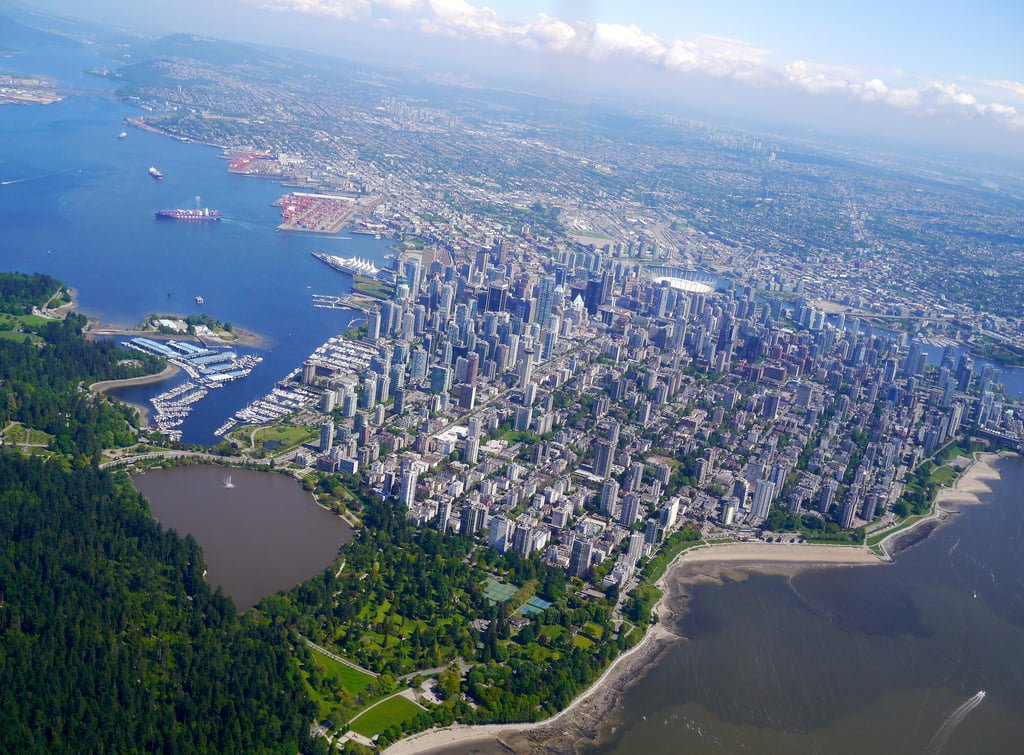Vancouver's Growth Since the 70's
"Vancouver has proven that a city can grow and prosper and still become a green capital — a global leader in addressing climate change." – City of Vancouver
Pictured above is an aerial view of Downtown Vancouver and West End in the 1970's, facing south, with Burrard Street and Granville Street bridges, and law courts under construction.
What's striking is not only how the density has significantly increased over the years, but the amount of greenery that has been added in neighborhoods like the West End—part of the Greenest City 2020 Action Plan. The city's green buildings goal and targets require all buildings constructed from 2020 onward to be carbon neutral in operations—implementing the greenest building code in North America.
As of July 2010, all new building rezonings in Vancouver are required to meet the building industry’s LEED (Leadership in Energy and Environmental Design) Gold standard for environmental performance.
One of the more notable financing tools and incentives to green existing buildings, is the development of the Home Energy Loan Program, which provides homeowners with affordable financing for energy efficiency upgrades. The money saved on energy bills can significantly offset your loan payments.
Here are the progress highlights of the Greenest City Action Plan that have been achieved:
- 23% decrease in total water consumption since 2006.
- 32 hectares of natural area restored or enhanced.
- 32% decrease in solid waste sent to landfill and incinerator since 2008.
- 64% of residents get to work using sustainable modes.
- 51% increase in neighborhood food assets.
- 34% decrease in water use in city operations since 2006.
- 139,000 new trees planted since 2010.
Credit: Vancouver Archives, Ewan McIntosh


